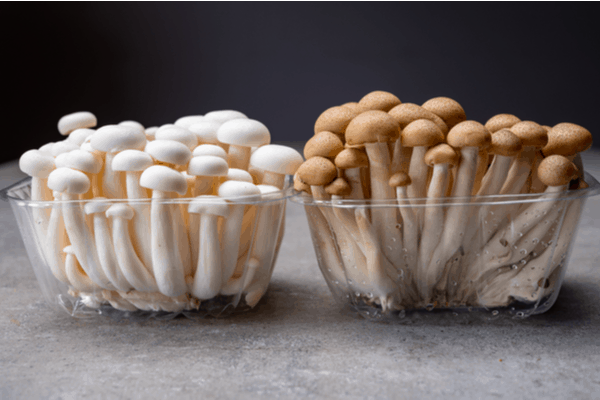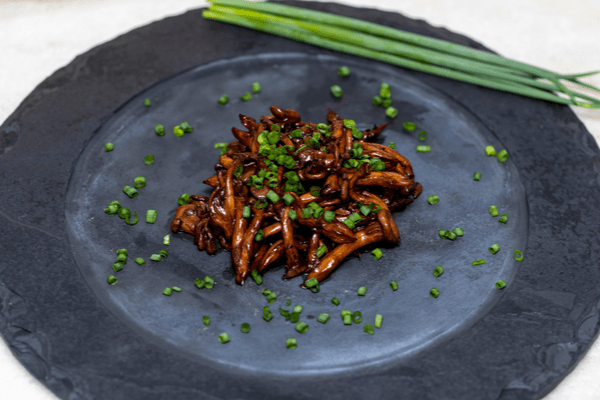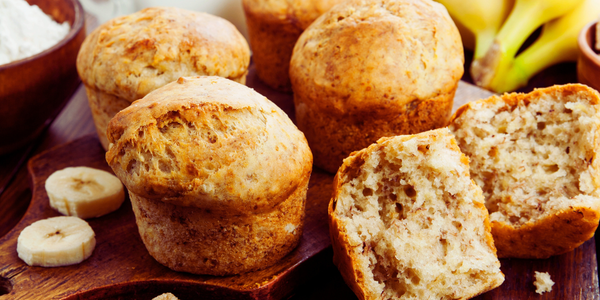7 Best Shimeji Mushroom Recipes that Will Knock You Off Your Feet

Shimeji mushrooms are a group of mushrooms native to East Asia and northern Europe. Characterized by their long stems and thin round tops, there are over 20 species of this type of mushroom. The most popular varieties enjoyed in Japanese cuisine are hon-shimeji, buna-shimeji and bunapi-shimeji. Hon-shimeji is difficult to cultivate, but other species such as buna-shimeji and bunapi-shimeji are now commonly cultivated in the USA and Europe.
Better known for their delicate taste and tooth-like appearance, these mushrooms should be eaten cooked and not raw. When baked, they produce a mild nutty flavor with a mildly sweet taste. At the same time, the feel is beautifully tender and chewy.
Shimeji mushrooms recipes
Shimeji mushrooms are commonly used in Japanese cuisine, from soups, stews, pasta, salads, and rice bowls. Both the caps and stalks are edible. Mushrooms may be stir-fried, baked, steamed, sautéed, and even pickled. They are preferred by the Japanese for their mildly nutty taste and limitless cooking possibilities. I enjoy combining various shimeji mushrooms or other types of mushrooms, such as oyster or shiitake, in a dish to produce some textural bites. They're even a must-have ingredient for traditional hot pots!
Low in fat and high in dietary fiber, these delicious mushrooms offer a rich source of protein, zinc, B vitamins, copper and so on. So, there's plenty of incentive to love these tasty mushrooms!

Shimeji mushrooms are very versatile and can be used as the main ingredient in salads or as an alternative to pasta or ramen noodles. If you like mushrooms of some sort, you would love these. Below are several recipes using shimeji mushrooms to get started.
- Mushroom and Onion Stir-fry Seasoned with Soy Sauce and Sugar
At first, the mushrooms appear voluminous, but the volume shrinks when you stir-fry. Take the mushrooms out of the frying pan as the juices are released and coat the mushrooms.
- Butter Garlic Soy Sauce Shimeji Stir Fry
To prepare the dish, trim the root portion (like enoki if you ever tried that). Then, tear off the individual mushroom stalks so that they're not all packed together. If you see some mud, just wipe it off with a wet kitchen town, because it's still easier not to immerse the mushrooms in the wash. Besides shimeji, you will also need unsalted butter, garlic, soy sauce, cinnamon, ground white pepper and scallion.
- Japanese Noodles with Shimeji Mushroom
Bring a large sized saucepan of water to a boil and cook the noodles according to the instructions of the box. Turn the heat up and add the shimeji mushrooms and sauté until the mushrooms are tender. Drain the noodles and add to the sauce. Stir well to coat each noodle and serve with chopped parsley.
- Rice with Shimeji Mushrooms
Instead of plain rice, how about "rice with shimeji mushrooms" – rice flavored with dashi and soya sauce, cooked with mushrooms and chicken? It's incredibly easy to produce and so delicious that nothing else can be eaten on its own!
- Shimeji Mushrooms with Butter and Soy
Its preparation and ingredients are perfectly simple, but its taste is complex and multilayer. It's great as a side dish, but it would also make a great steak sauce or a piece of meaty fish.

- Spinach and Shimeji Mushrooms with Garlic Soy Sauce
The cooking time for spinach and the mushrooms is estimated, so drain quickly when cooked. Drain the water well. If you don't, the flavor will be diluted.
- Fried Shimeji Mushrooms with Sesame Oil
Vegetarian food is very easy and versatile. You can prepare this when you want to make something that will allow you to keep serving with tofu or salad. It's also delicious to serve with an extra drizzle of sesame oil on top.
Read Also:
4 Food Hacks to Simplify Your Busy Life
How to Make Russian Dressing and Take Your Salads to The New Level
What Wine Goes Best with Chicken Fricassee?
5 Foods that Go Great with Fontina Cheese
What Is Garlic Aioli Made Of, and How Do You Make It in Your Own Kitchen?
Sign up for FD's newsletter
The freshest stories from the food and dating world every week.




